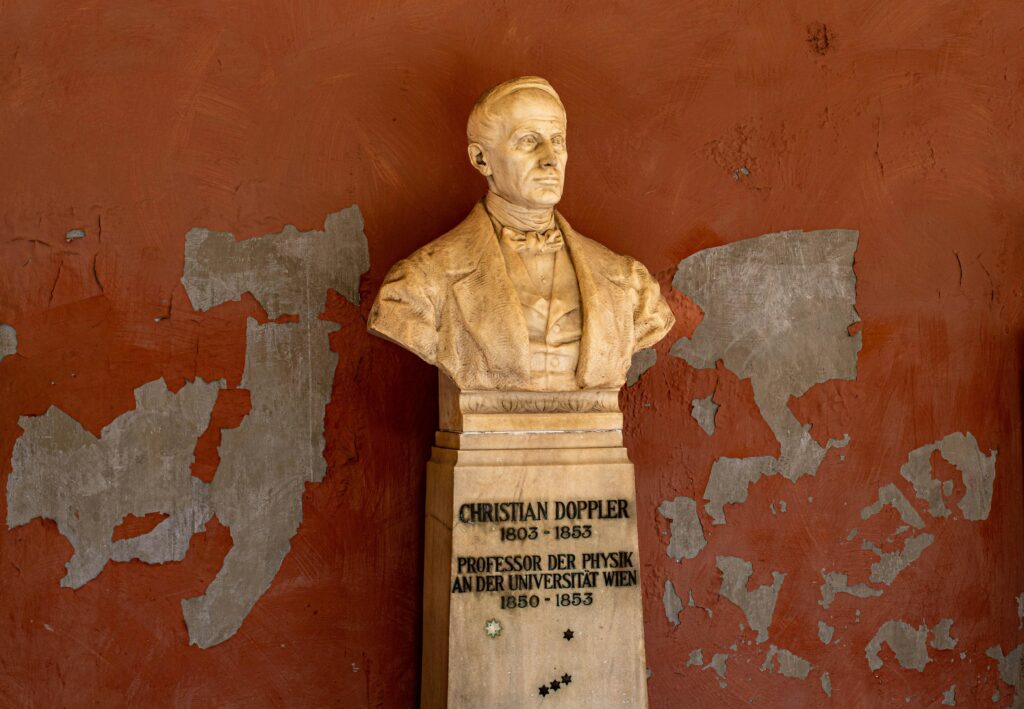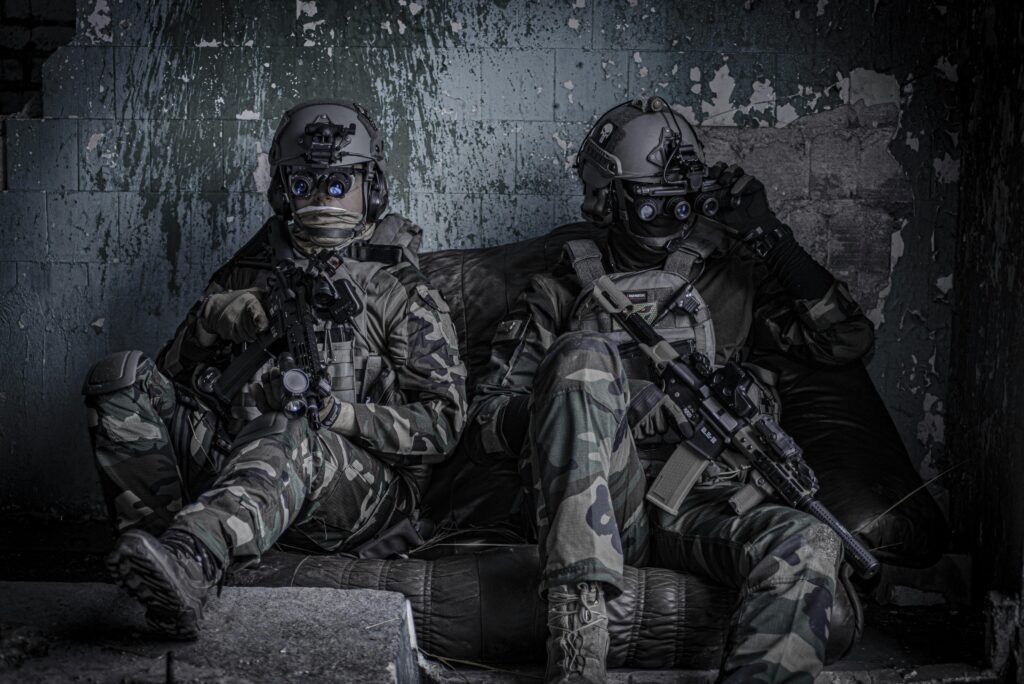The Battle of Gallipoli stands as one of the most infamous and costly campaigns of World War I. Launched by the Allied powers in 1915, the operation aimed to secure a sea route to Russia and knock the Ottoman Empire out of the war. Despite meticulous planning and high hopes, the campaign quickly unraveled into a grueling stalemate marked by heavy casualties and strategic missteps. In this article, we’ll explore the key reasons why the Allied campaign at Gallipoli failed, examining factors from flawed intelligence and poor coordination to the resilience of Ottoman defense. Understanding these elements not only sheds light on a pivotal moment in military history but also offers valuable lessons in leadership, planning, and the brutal realities of warfare.
Table of Contents
- The Strategic Missteps That Undermined the Allied Effort
- Challenging Terrain and Logistical Nightmares on the Gallipoli Peninsula
- The Impact of Ottoman Defense Tactics and Leadership
- Lessons Learned for Modern Amphibious Warfare Planning
- Insights and Conclusions
The Strategic Missteps That Undermined the Allied Effort
The campaign’s failure can be attributed in large measure to a series of critical strategic errors that plagued the Allied command from the outset. Overconfidence in naval power led to underestimating the formidable Ottoman defenses, which were bolstered by rugged terrain and well-prepared troops. The initial naval assaults lacked proper coordination, and without adequate intelligence on minefields and artillery placements, ships were vulnerable to devastating attacks. This miscalculation meant that the Allies failed to secure a decisive breakthrough at sea, forcing a costly and ill-prepared land invasion.
Moreover, the division of command between British, French, and ANZAC forces led to inconsistent objectives and poor communication. Key mistakes included:
- Insufficient reconnaissance: Limited knowledge of the terrain severely hampered troop movements and supply logistics.
- Overambitious plans: Attempting simultaneous offensives without securing supply lines overstretched Allied forces.
- Poor coordination: Inter-service rivalries and unclear command structures created delays and operational confusion.
These compounded factors culminated in a campaign that lacked unified focus and adaptability, ultimately undermining the Allied effort and resulting in heavy casualties without achieving strategic objectives.
Challenging Terrain and Logistical Nightmares on the Gallipoli Peninsula
The Gallipoli Peninsula presented an unforgiving landscape that quickly turned the Allied operation into a logistical quagmire. Rugged cliffs, narrow ridges, and dense scrubbery severely hindered troop movement and obstructed the deployment of artillery and supplies. Soldiers found themselves scrambling uphill under relentless fire, struggling through terrain that favored well-entrenched Ottoman defenders familiar with every contour. The uneven ground made establishing secure supply lines exceptionally difficult, leading to shortages of food, ammunition, and medical equipment. This geographical disadvantage compounded the psychological strain on troops who faced not only the enemy but also a relentless natural adversary.
Compounding the difficulties were the Allied forces’ fragmented supply chains and poorly coordinated naval support. Ships attempting to deliver reinforcements and essential resources were often delayed or exposed to enemy shelling, with many landing craft unable to reach suitable beaches due to treacherous waters and underwater obstacles. Communication breakdowns between naval commanders and ground forces further exacerbated the chaos, leading to missed opportunities and disorganized assaults. Key factors included:
- Insufficient reconnaissance contributing to poor landing site choices.
- Limited road networks that stalled the movement of heavy weaponry.
- Inadequate coordination between infantry, artillery, and naval units.
These intertwined challenges transformed the Gallipoli campaign from a promising strategic initiative into a logistical nightmare that ultimately played a pivotal role in the Allied failure.
The Impact of Ottoman Defense Tactics and Leadership
The resilience of the Ottoman forces during the Gallipoli campaign was largely attributed to a combination of innovative defense tactics and exceptional leadership. Unlike conventional defensive strategies prevalent during World War I, Ottoman commanders emphasized flexible defense lines and the use of the rugged terrain to their advantage. This approach frustrated Allied forces who expected a swift victory through traditional trench warfare tactics. Ottoman soldiers utilized well-coordinated counterattacks and concealed positions within the hills and ravines, which allowed them to repel amphibious assaults repeatedly and maintain control over strategic points.
At the heart of this defensive success was Mustafa Kemal Atatürk, whose leadership transcended ordinary command. His ability to inspire confidence, make swift decisions under pressure, and understand the psychology of both his troops and the enemy played a crucial role in maintaining morale and combat effectiveness. Key elements of Ottoman leadership included:
- Decentralized command structure allowing frontline officers to adapt independently
- Emphasis on troop motivation through personal example and communication
- Masterful use of intelligence to anticipate Allied strategies
- Adaptive logistics ensuring continuous supply despite difficult conditions
These factors combined to render the Allied offensive incapable of breaking through the Ottoman defense, ultimately sealing the fate of the campaign.
Lessons Learned for Modern Amphibious Warfare Planning
One of the most critical takeaways from this ill-fated campaign is the indispensable need for thorough intelligence and reconnaissance before launching an amphibious assault. The Allies underestimated the rugged terrain and entrenched Ottoman defenses, leading to devastating casualties. Modern planners must prioritize advanced scouting techniques, integrated surveillance, and real-time battlefield intelligence to adapt swiftly to changing conditions. Additionally, logistical coordination between naval and ground forces—often overlooked at Gallipoli—remains paramount. Ensuring uninterrupted supply lines and synchronized timing can spell the difference between a sustainable foothold and a costly stalemate.
Another vital lesson lies in the importance of joint operational command structures. The campaign suffered from fragmented leadership, with naval and land commanders operating under differing strategic priorities. Today, amphibious warfare demands not only inter-service communication but also unified command to streamline decision-making and operational execution. Incorporating flexible contingency plans, backed by robust amphibious training and technology, equips forces to overcome unexpected resistance and environmental challenges. Ultimately, Gallipoli underscores that victory in amphibious warfare hinges on meticulous planning, adaptability, and seamless integration across all domains.
- Prioritize detailed terrain analysis and enemy fortification studies.
- Establish unified command for cohesive strategic and tactical control.
- Synchronize naval and ground force logistics with precision timing.
- Implement versatile contingency plans to respond to operational shifts.
- Leverage modern surveillance and communication systems for situational awareness.
Insights and Conclusions
In the end, the Battle of Gallipoli stands as a stark reminder of how complex strategy, challenging terrain, and underestimating the enemy can combine to foil even the most ambitious military campaigns. The Allied forces faced a perfect storm of obstacles—from logistical nightmares and difficult geography to resilient Ottoman defense—all of which culminated in one of World War I’s most costly and instructive failures. Reflecting on Gallipoli not only honors the bravery of those who fought but also offers enduring lessons on the importance of preparation, adaptability, and understanding the multifaceted nature of warfare. As history continues to unfold, Gallipoli remains a powerful example of how determination alone is never enough to guarantee victory.













